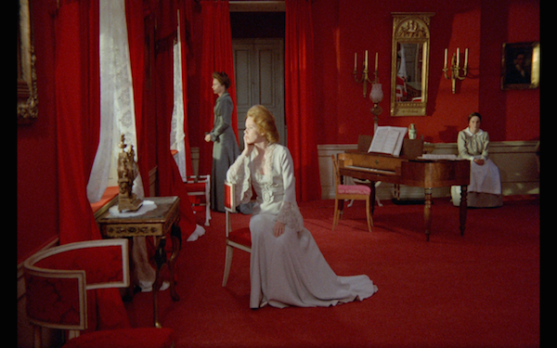Persona Film Difficulty Ranking: 4
Do you want to be a film connoisseur? Well you can’t be if you haven’t watched Persona. The film has been for film critics what climbing Everest is for mountaineers, it’s the peak of the film world.
Here’s a peek at the opening 5 minutes to weird you out before you read on.
Why Watch this Film?
- If you want to see something mysterious. If Christopher Nolan’s Memento is level 1 mysterious film and David Lynch’s Mulholland Drive is level 2, Persona is level 3.
- To move on from the early (and also brilliant) Bergman films such as Wild Strawberries – this time it’s less philosophy and more experimental
- For some shocking and hilarious images – I’ll explain below!
- To see the beautiful black and white cinematography – this film really stands the test of time (it could have been made yesterday)!
The Breakdown
Bergman disorientates us in the introduction to Persona. There’s a lot of noise as a small light slowly brightens. It’s a gas stove lighting in slow mo. As your concentrating on the slow-mo Bergman chucks in a still picture of a penis like a subliminal message – did you notice it in the clip above? From that point I knew this film would be unique.
I was not wrong. This film is an experience. The disorientating introduction continues with a bunch of shocking imagery such as a tarantula walking across the camera and a clip of someone hammering a nail into their hand.
Why does Bergman try and disorientate us? He disorientates us to disrupt our viewing pattern. He doesn’t want us to watch this relaxed, he wants us to be active viewers and to work hard trying to interpret the film. After the unsettling intro we are introduced to two women: a film star that doesn’t talk and a young nurse.
The nurse takes the film star to the country for treatment. Sounds normal, but it becomes quite the opposite. Alone in the countryside their characters start to merge. Are the two characters one? If so is the nurse fantasizing about being a nurse or is the film star examining her own psyche? Either way this film is a must watch!
Conclusion
What a film! If you love films that leave you dumbfounded or lost in thought Persona was made for you! It has been one of the most debated films in film history alongside Citizen Kane and has inspired the works of David Lynch among many others. If you want to consider yourself a film buff, you have to watch it!



